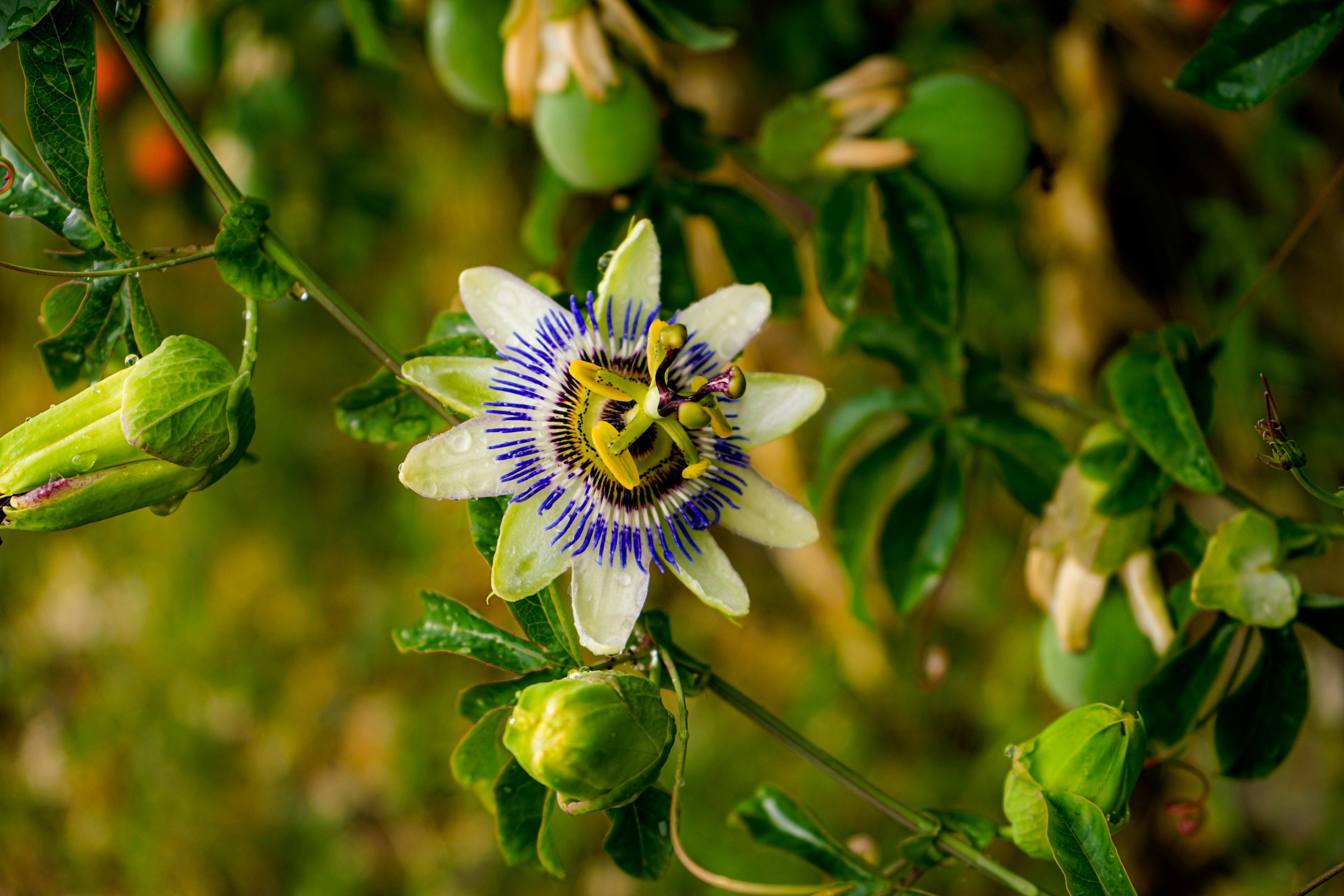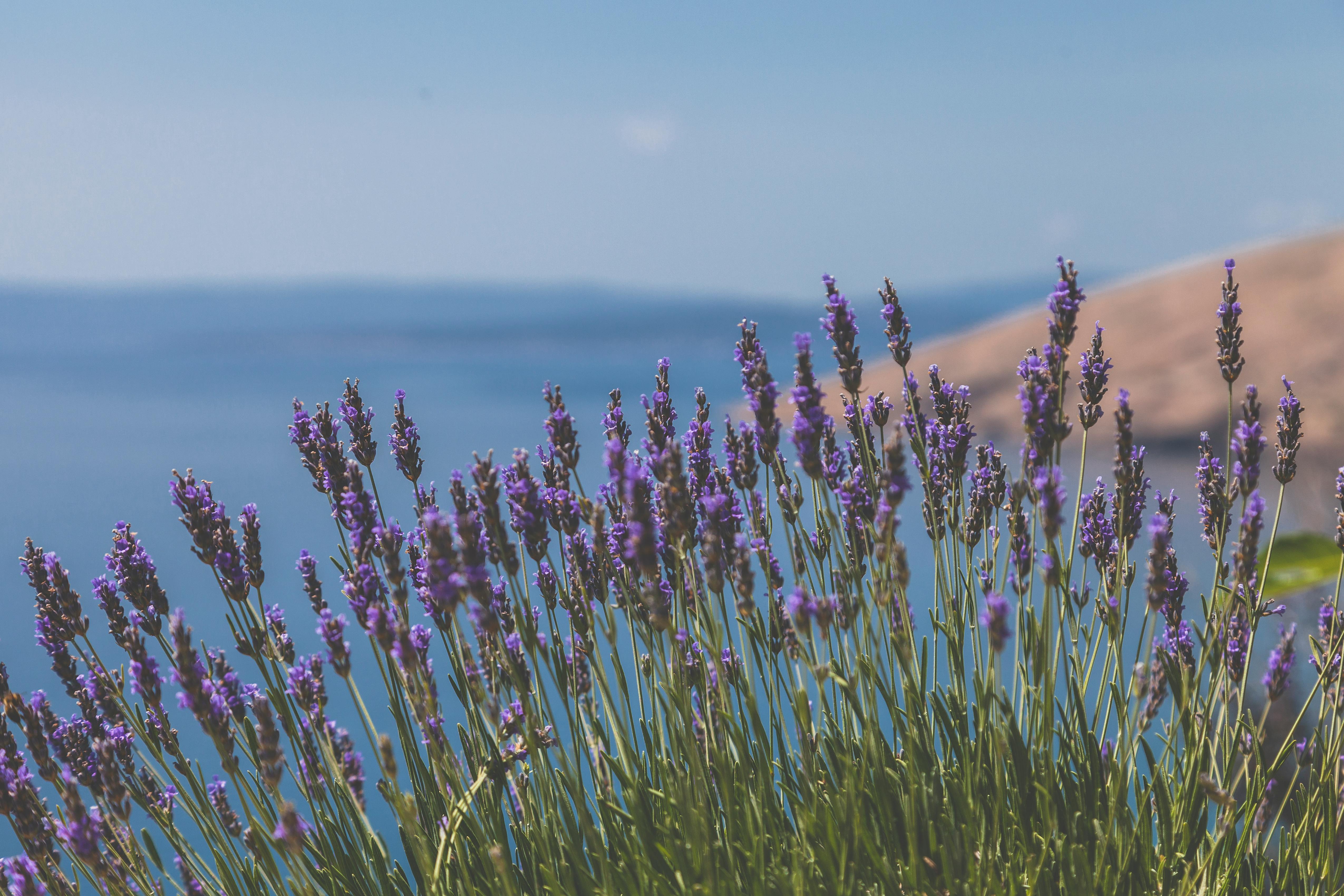After researching the natural ingredients ancient cultures used in their skincare, such as honey, salt, and milk, I began to wonder what plants they utilized and how that reflects the skincare we use today.
What aspects of this practice have evolved, and what has remained the same? As humans, we have been in harmony with the plant kingdom for our entire existence; we wouldn’t be here without plants, as we rely on them for food, shelter, the air we breathe, medicine for chronic and acute illnesses, hygiene, and even skincare. Perhaps this is why, when I look at the ingredient lists of modern skincare products, I feel unsettled by the long scientific names that hold no resonance with our human experience. This isn’t to say I’m ungrateful for scientific advancements. Still, I believe synthetic fragrances and formaldehyde have no place on my largest organ, the skin, which is our first line of defense against pathogens. Each of these five herbs has a rich history, intertwined with cultural traditions, and still harmonized with today.
1. Turmeric, curcuma longa
When you think of turmeric, you likely think of India. This vibrant spice has been an Ayurvedic staple for over 4,000 years, with residues dating back to 2500 BCE. It later spread to China around 700 AD, becoming an essential Traditional Chinese Medicine (TCM) herb. Through trade routes, turmeric eventually found its way worldwide, earning appreciation across various cultures.
How could it not be adored? Turmeric serves many purposes—from religious rituals to medicinal uses and even as a natural dye. In skincare, turmeric has traditionally been used in Ayurveda and TCM as a paste to revitalize the skin. The main active constituent in turmeric, curcumin, is responsible for many medicinal benefits.
Turmeric is an antioxidant and anti-inflammatory, helping to mitigate oxidative stress on the skin, combat premature aging, and enhance skin integrity. It is also renowned for its ability to even skin tone, reducing sunspots and blemishes. One notable cultural practice is the Haldi ceremony in India, where a blend of turmeric and other herbs is made into a paste and applied to the bride and groom, cleansing and protecting them while giving them a radiant pre-wedding glow.
Additionally, turmeric is antimicrobial, making it effective against acne and other bacterial skin conditions. I’ve even had success using it on a few of my cats’ wounds!
2. Astragalus, Astragalus propinquus
This herb surprised me. While it is commonly known in Traditional Chinese Medicine (TCM) for boosting the immune system and serving as an adaptogen, its benefits for skincare were new to me! Astragalus or Huang Qi has a long history in TCM, mentioned in the oldest Chinese materia medica, the Shen Nong Ben Cao Jing of the first century BC, which dates back to the Han Dynasty.
One of the most notable ways astragalus helps the skin is by strengthening the protective barrier, aiding in the prevention of premature aging and skin damage. It is also said to promote cell growth, making it beneficial for healing wounds and reducing the appearance of scars. Its high antioxidant properties, including saponins and polysaccharides, play a crucial role in this protective function. Additionally, astragalus improves circulation and reduces inflammation, further contributing to its regenerative abilities for the skin.
3. Goji Berries, Lycium spp.
Another plant mentioned in the Shen Nong Ben Cao Jing from the first century BC is goji berries or Go Qi Zi. In this ancient materia medica, they were revered for their anti-aging properties, earning the nickname “fruit of immortality.” While they may not offer literal immortality, they certainly contribute to youthful-looking skin, as they are incredibly nutritious and considered a beauty tonic in TCM.
Like most berries, goji berries are rich in antioxidants, helping to combat skin damage caused by oxidative stress. However, their benefits extend beyond that. They contain the alkaloid betaine, which helps reduce photodamage from prolonged UV exposure, a major contributor to wrinkles and sunspots. This alkaloid also has anti-inflammatory properties, benefiting inflammatory skin conditions like eczema.
Another aspect of their anti-aging benefits comes from their high vitamin C content, which aids collagen production and skin elasticity. This helps to strengthen and tone the skin while evening out skin tone. Additionally, goji berries are high in fatty acids and amino acids, providing hydration and protection for the skin. Overall, goji berries are a delicious treat for your taste buds and skin!
4. Myrrh, Commiphora myrrha
Myrrh has been used for over 5,000 years across various cultures, beginning in ancient Egypt and later adopted by the Romans and Greeks, as well as in Traditional Chinese Medicine (TCM) and Ayurvedic practices. Its applications extend far beyond medicine and beauty enhancements; the Egyptians utilized it for embalming. It holds religious significance, as it is mentioned in both the Torah and the Bible as one of the three gifts brought to Jesus by the Wise Men.
Myrrh oil and ointment were employed in ancient Egypt to promote skin health. Myrrh is known for its drying and astringent properties, making it practical for toning the skin, clearing pores, and improving overall appearance. Its warming qualities aid circulation, helping to reduce inflammation, enhance collagen production, and promote cell regeneration and skin elasticity. These actions, combined with its terpene content—which contributes to its mild analgesic effects—are why myrrh has been used in wound care across many cultures and continues to be valued today.
Additionally, when used in skincare, myrrh provides the added benefit of a subtle natural fragrance thanks to its invigorating volatile oils, contributing to its many therapeutic effects.
5. Neem, Azadirachta indica
Neem is an important Ayurvedic plant used for thousands of years. It is even mentioned in one of the oldest texts, the Vedas, which are believed to have been written between 1500 and 1200 BCE. In these texts, neem is referred to as a cure-all, showcasing its wide range of applications.
Due to its myriad benefits, neem has found its way into various uses, from pest control to oral hygiene. Two key active compounds in neem are the triterpenoids azadirachtin and Nimbin, which contribute to its antifungal, antibacterial, and anti-inflammatory properties. These make neem effective for treating acne, eczema, psoriasis, wound healing, and other fungal and bacterial skin conditions.
Additionally, neem contains fatty acids like linoleic acid, which deeply penetrate and hydrate the skin. Its richness in vitamin E provides antioxidant protection, helping to shield the skin from damage while stimulating collagen production. While neem is typically used as a seed oil today, the leaves and bark have been traditionally used for their benefits.
Conclusion
While this is just a glimpse into five of the hundreds of plants used by ancient cultures for skincare, it’s clear that many of these traditional uses have not only been preserved but are increasingly validated by scientific research. Finding the perfect plant for your skin may require some trial and error, but one thing is sure. Each plant offers versatile and wholesome benefits, minimizing the need for numerous products with complicated ingredients. Embracing plants in skincare allows us to truly embody the principle that less is more—and your skin will thank you for it!













Leave a comment